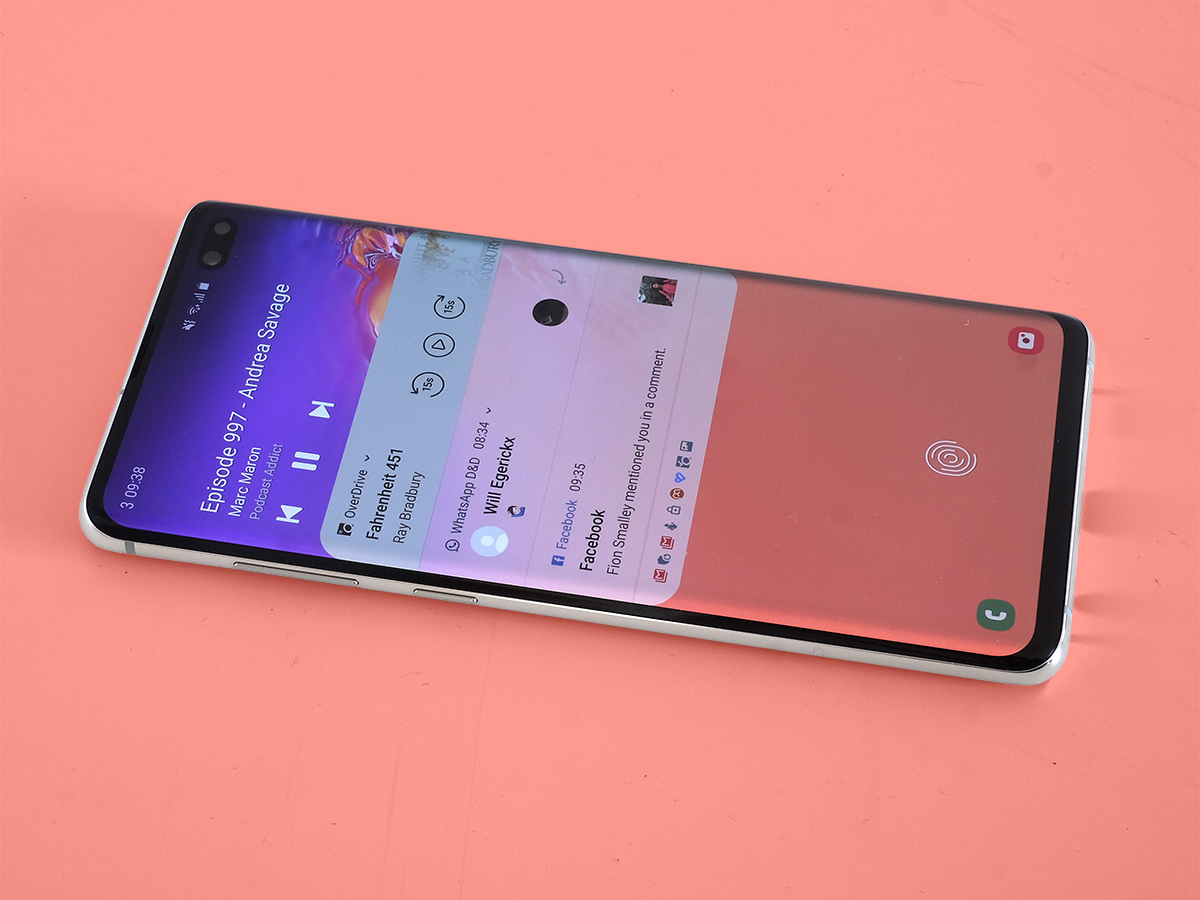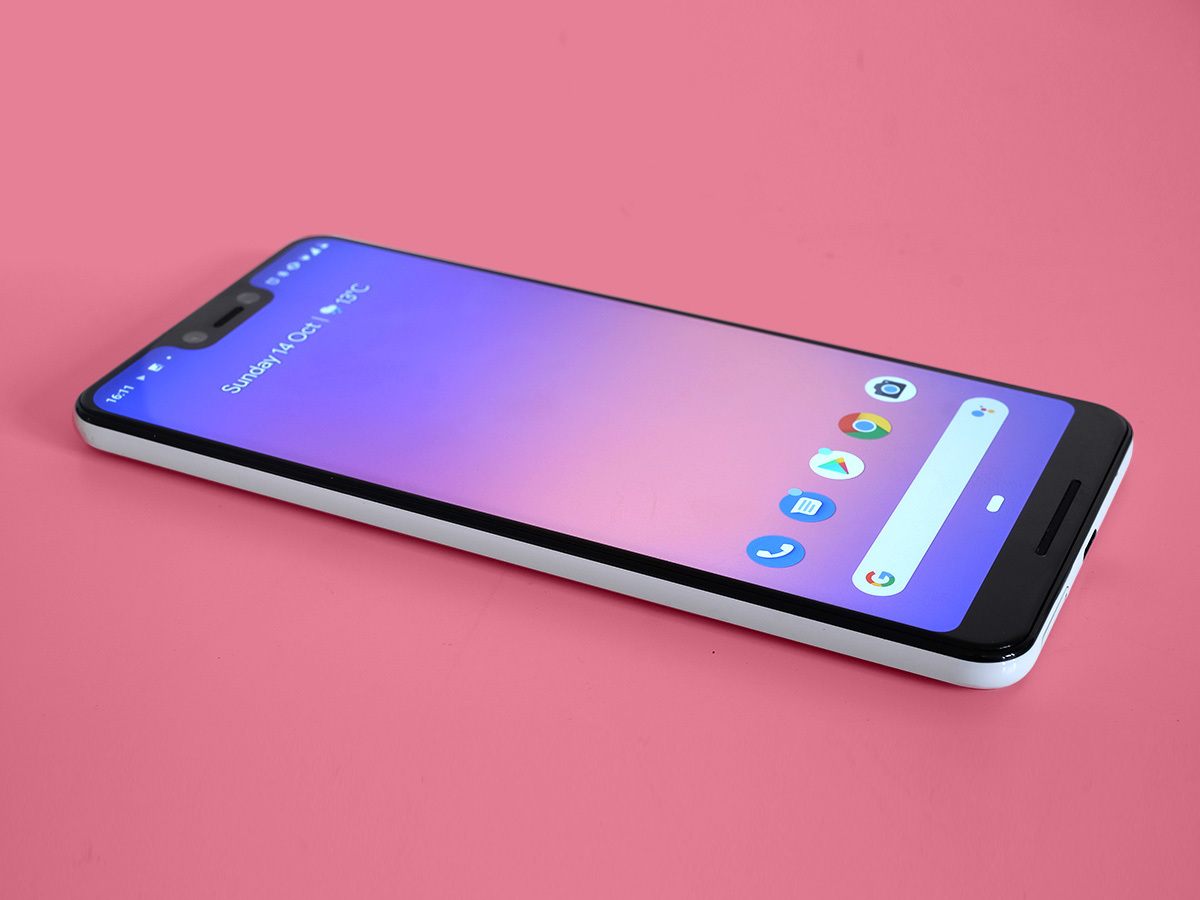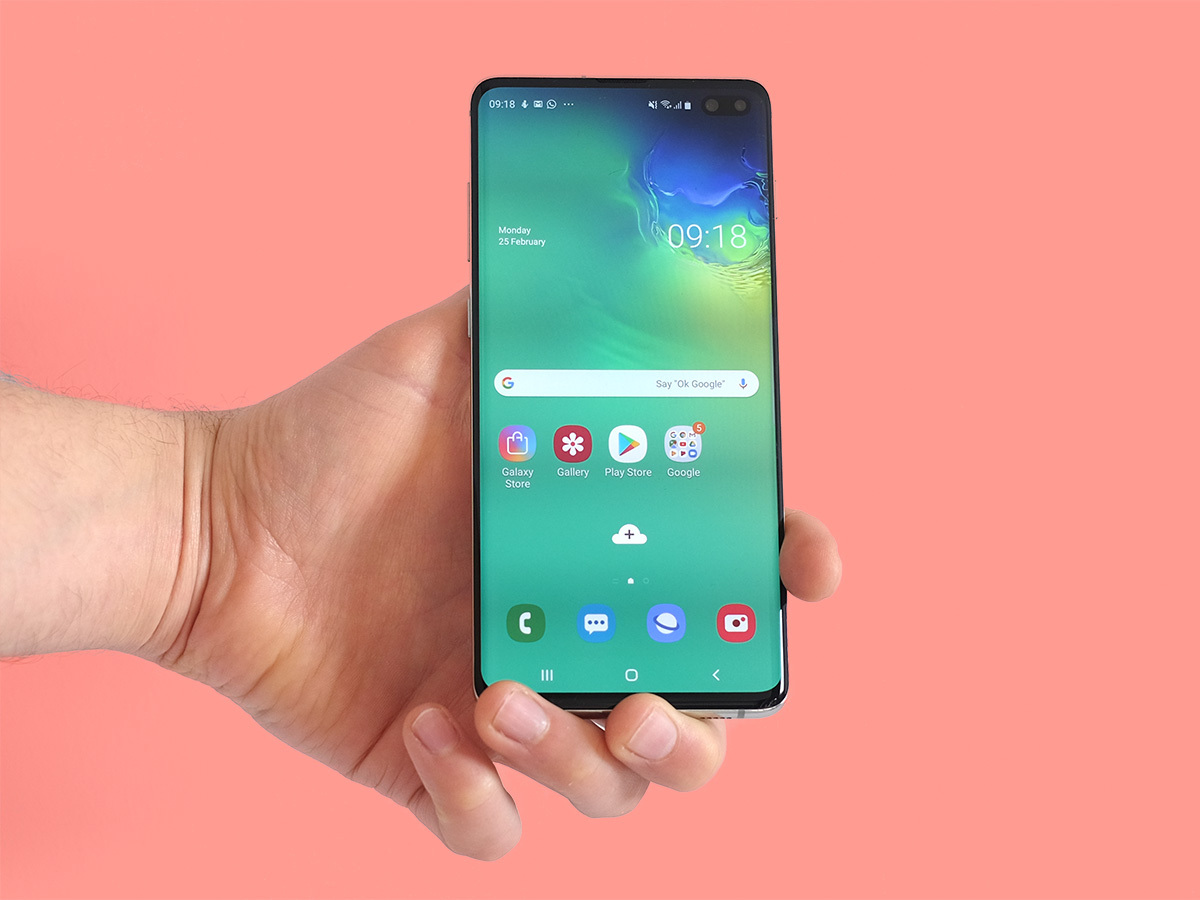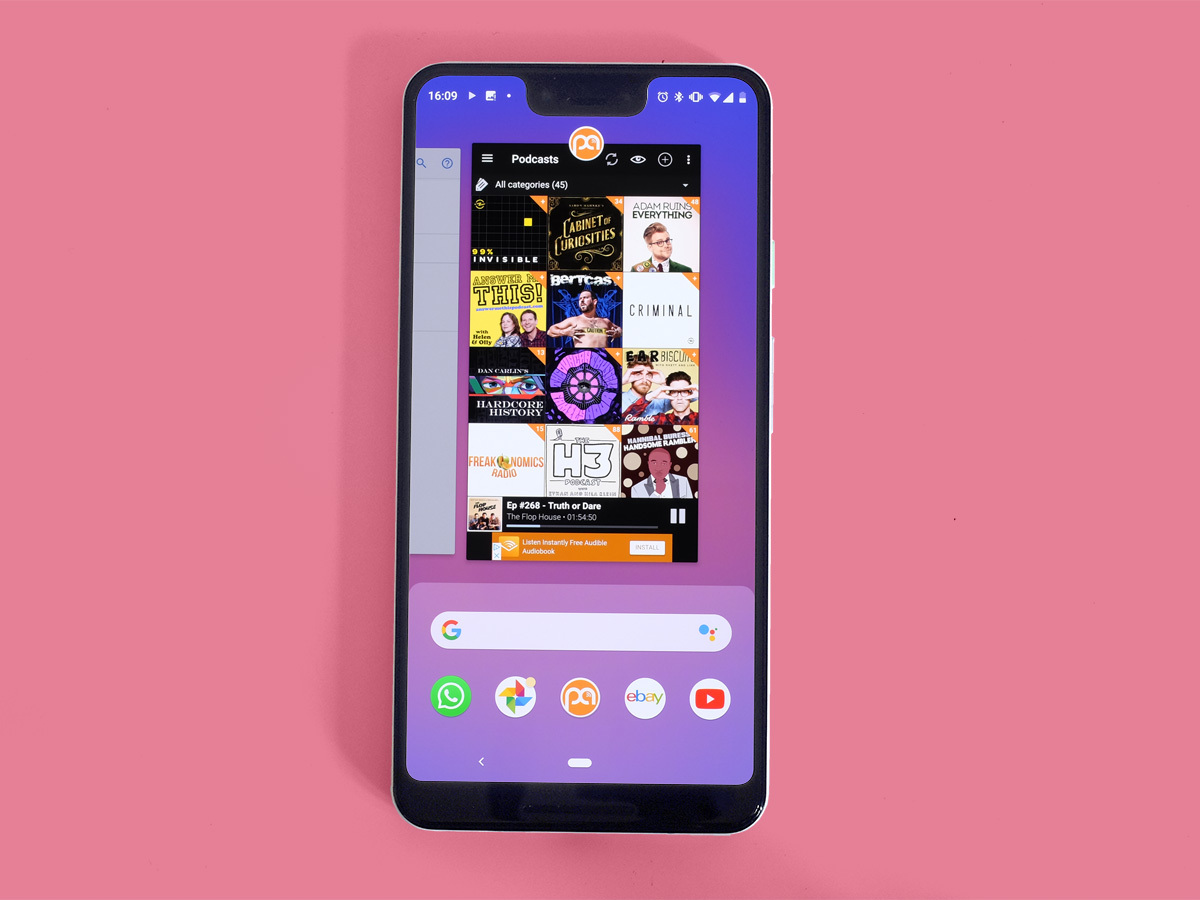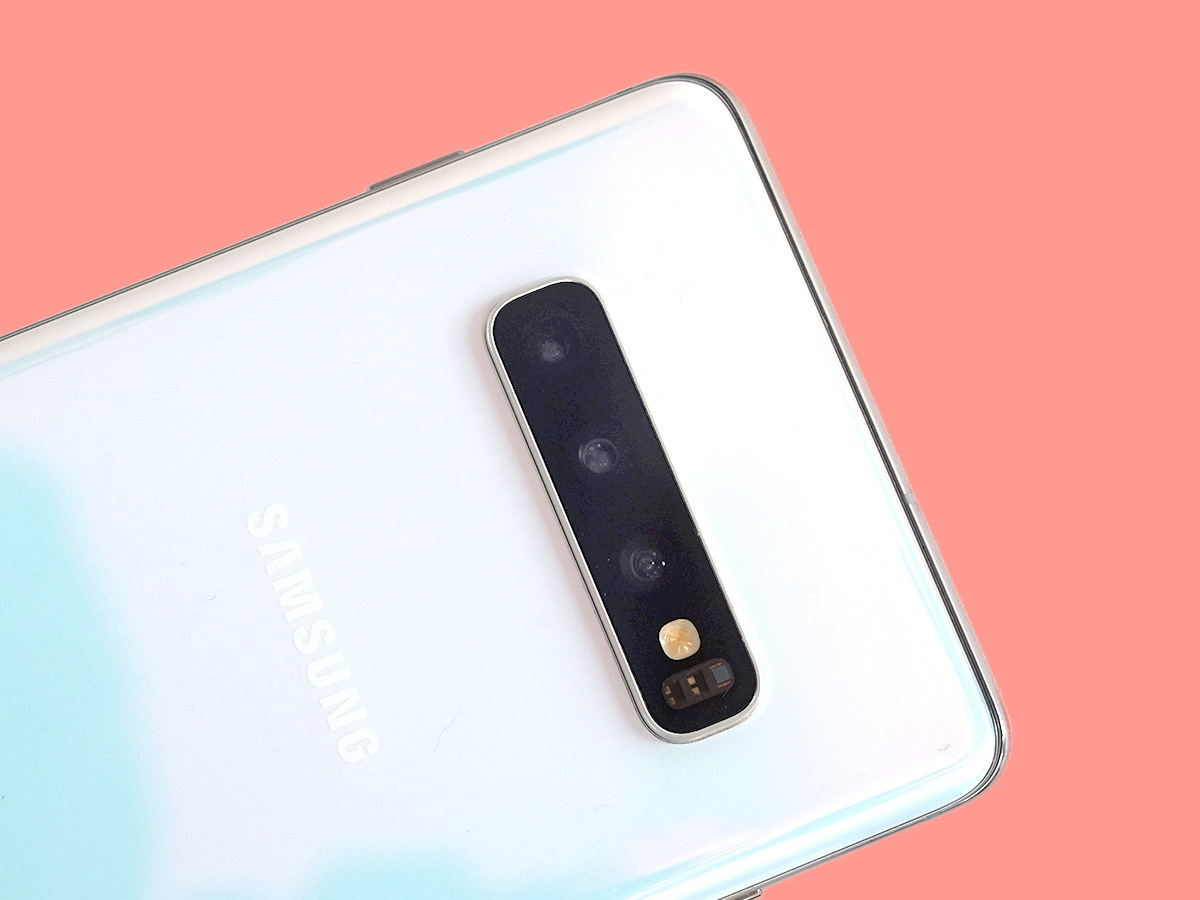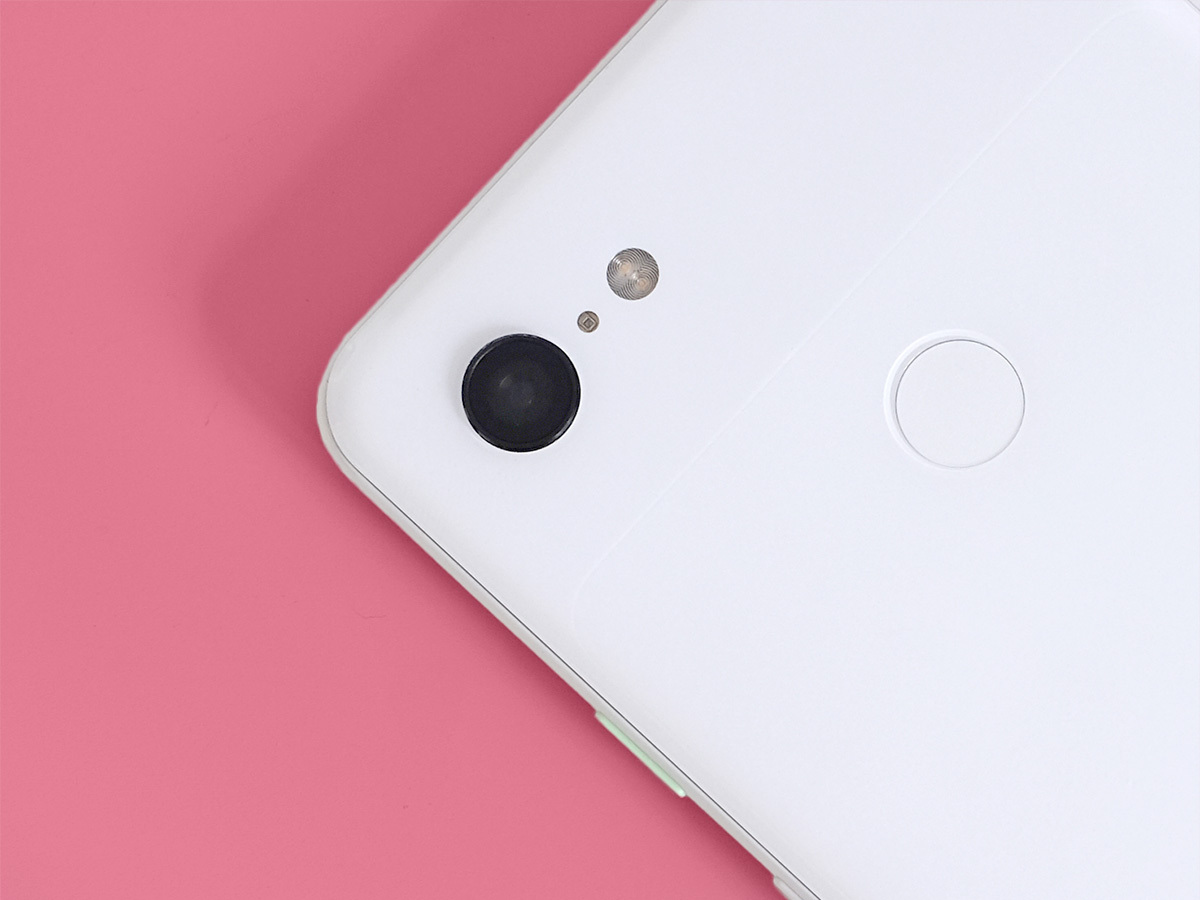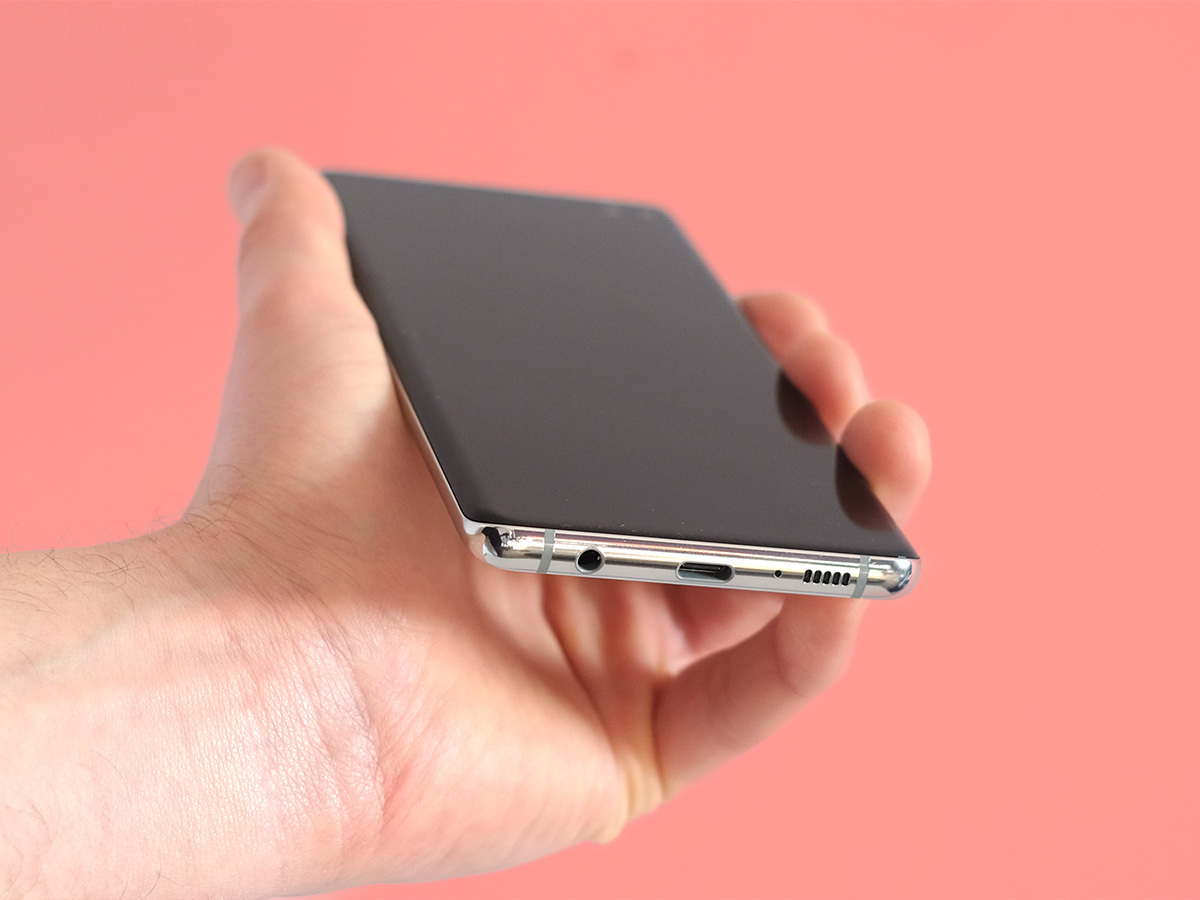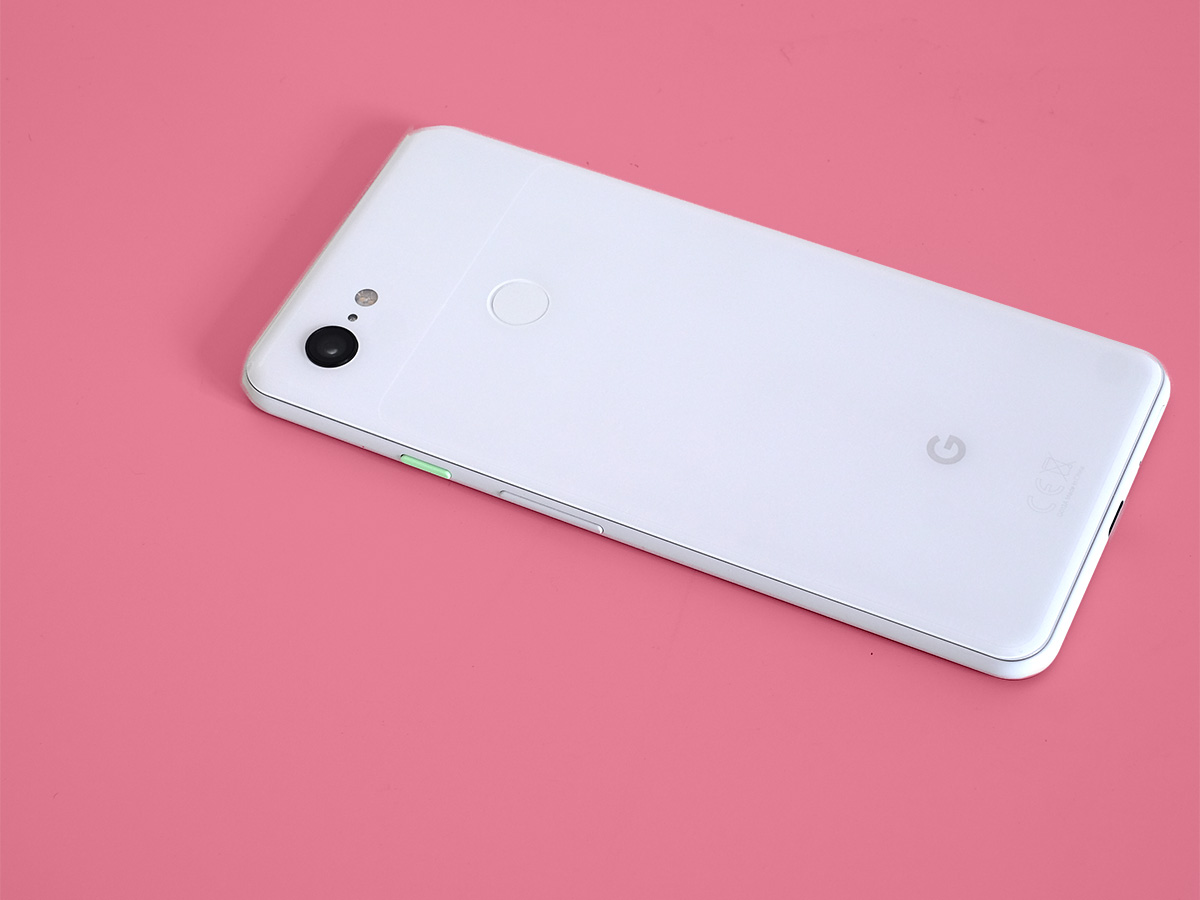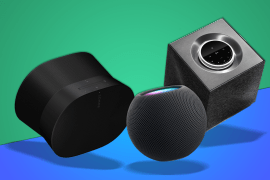Samsung Galaxy S10+ vs Google Pixel 3 XL: Which is best?
Which extra-large Android should line your pocket in 2019?
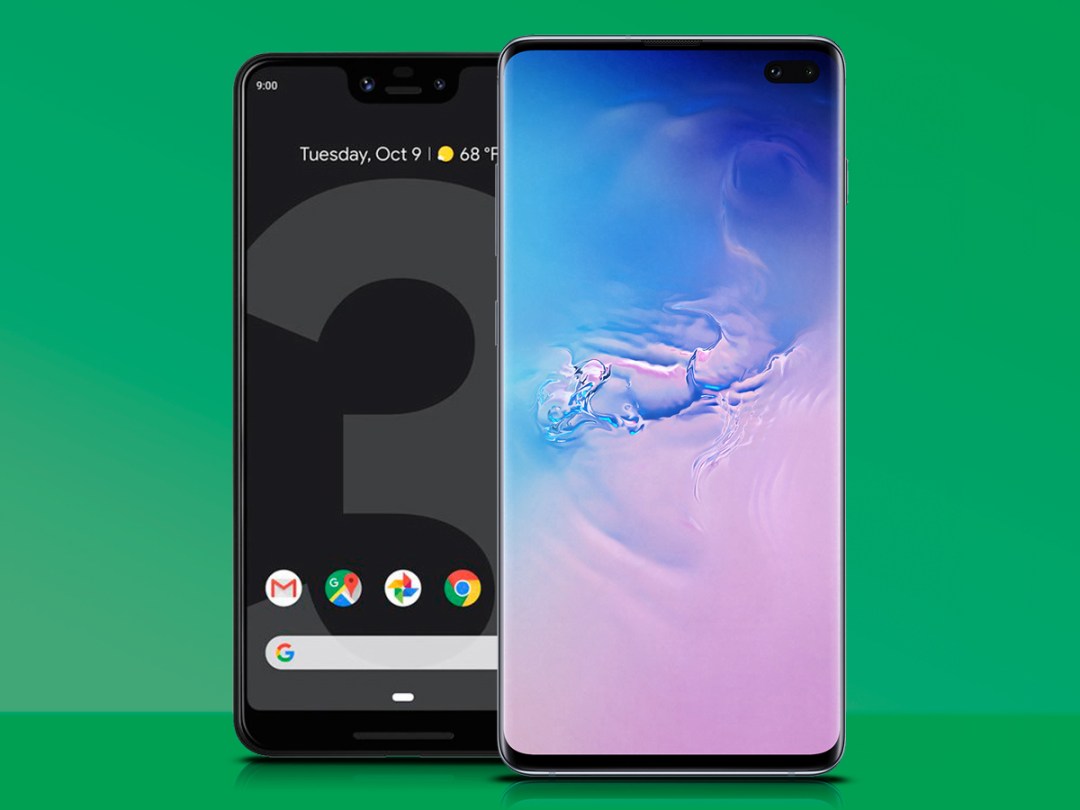
Samsung and Google have been intertwined for seemingly ages now due to Android, but these allies are also more recently rivals when it comes to Android hardware.
Google’s smartphone efforts have gotten incrementally better, culminating in the current Pixel 3 and Pixel 3 XL, a pair of strong pure Android phones. Of course, Samsung is much further down that road, and the new Galaxy S10 and S10+ show the immense polish of an experienced phone-maker at the top of its game.
If you’ve got several hundred quid to drop on a huge Android phone this spring, which one should it be? Here’s our view, now that we’ve completed our Galaxy S10+ review.
Design: One-sided
This one’s clear-cut to us. For as much as Google gets right with its smartphone design, it always feels like the company doesn’t go far enough in executing its vision.
Just have a look at the Pixel 3 XL. That notch up top is deep – and downright distracting at that. And every notched Android phone has had a "chin" of bezel at the bottom, but this might be the largest we’ve seen that didn’t house a fingerprint sensor. Google got so close to making a slick-looking phone here, but those miscues make it look pretty awkward instead.
At least the back is nice: it’s all glass now, but it still keeps the two-tone aesthetic. Granted, it’s more subdued now, but we like it. The little plastic band between the screen and aluminium sides is a head-scratcher, though. The Pixel 3 XL falls short of feeling properly premium.
Samsung doesn’t have that problem. It trims down bezel and avoids a notch with its punch-hole cutout design, although this punch-hole is quite large thanks to the dual-camera setup. It can also be a little distracting for movies, although not nearly to the extent of Google’s enormous notch.
Elsewhere, it’s all glass and aluminium, lighting evolving the Galaxy S9/S8 allure. Now this is what a ~£900 phone ought to look like.
Verdict: Samsung Galaxy S10+
Screen: Shining stars
The Pixel 3 XL’s 6.3in OLED display is beautiful at Quad HD resolution – and surprise, it was provided by Samsung.
Meanwhile, Samsung goes a touch larger at 6.4in on the Galaxy S10+, and it’s also a Quad HD OLED. The new Dynamic AMOLED panel packs increased brightness, 10-bit HDR10+ support, improved contrast, and 100% of the DCI-P3 colour gamut. These screens certainly aren’t worlds apart, but the added brightness really pops and Samsung’s latest display is clearly its best yet.
Verdict: Samsung Galaxy S10+
Also Read › Samsung Galaxy S10+ review
Camera: Sharp shooters
Since the launch of the Pixel line, Google has routinely done more with one camera than many other makers have done with two or more. And now the company is testing that trend against Samsung, which has popped three back cameras on the back of the Galaxy S10+.
The Pixel 3 XL has the one 12-megapixel f/1.8 camera, relying on A.I. tricks and techniques to make the most from one sensor. By and large, it succeeds. Surprisingly, the shots look the least-processed compared to other 2018 flagships, although detail rendering falls short upon closer inspection. Meanwhile, the more recently-added Night Sight mode is truly stunning. You’ve never seen low-light shots like that from a smartphone.
Meanwhile, the Galaxy S10+ is still anchored by a 12MP wide-angle main sensor with adjustable aperture between f/1.5 and f/2.4, plus it has a 16MP (f/2.2) ultra wide-angle sensor and a 12MP (f/2.4) telephoto sensor. It also takes spectacular shots, and the multiple cameras enable all kinds of shooting options that Google can’t match. On the other hand, its nighttime shots can’t hold a candle to the Pixel 3 XL’s. Samsung is working on its own version of Night Sight, but it’s not there yet.
Verdict: Draw
Performance: New or old?
This one’s straightforward too, as we’re comparing a 2019 flagship to a 2018 one. Google has last year’s Qualcomm Snapdragon 845 inside – a speedy, powerful chip, and considered the gold standard for Android flagships until right about now.
But the Snapdragon 855 is rolling out now, and that’s what the Galaxy S10+ has in some territories, while Europe and some other places have Samsung’s comparable Exynos 9820 chip instead. The Galaxy S10+ also has either double or triple the RAM, with 8GB or 12GB depending on model, while the Pixel 3 XL sticks to 4GB. That’s a discrepancy.
In either case, you’re going to get faster hardware performance with the Galaxy S10+, although you probably won’t notice it in day-to-day usage. After all, the Pixel 3 XL runs a pure, unfettered version of Android Pie, and it’s plenty fast. So is the Galaxy S10+. But there’s a bit extra raw power hiding in there, should you need it.
Verdict: Samsung Galaxy S10+
Also Read › Google Pixel 3 XL review
Battery and perks: Pixel lacks perks
Battery life on the Pixel 3 XL? It’s fine. Like Apple, Google likes to keep its battery packs trim, and the 3,430mAh cell in the XL is competent but unspectacular. It’ll get you a solid day’s usage, but push hard with games and streaming media and you might need a top-up.
The 4,100mAh pack in the Galaxy S10+ is a bit more resistant to heavy usage, but in our experience, it’s not really built for a two-day stretch unless you’re barely using the phone.
Both phones support wireless charging, however only the Galaxy S10+ has PowerShare reverse changing. That lets you stick another wirelessly chargeable-phone or accessory (like the Galaxy Buds) on the back and charge it. Maybe you can charge a friend’s Pixel 3 XL when it comes up short on juice.
In terms of storage, the Pixel 3 XL offers either 64GB or 128GB – and no microSD card slot for expandable storage. Why yes, that does seem awfully stingy. Meanwhile, the Galaxy S10+ starts at 128GB and ranges up to 512GB and 1TB (yes, 1TB). And yes, it also has a microSD slot.
Both of these phones offer quality mobile VR solutions, with Samsung’s Gear VR and Google’s Daydream. We’d say the Gear VR has the lead both in terms of quality content and headset comfort/usability, but Daydream has some great stuff too. Plus, the Galaxy S9 and S8 run Daydream apps, as well, so you may not even have to choose with the Galaxy S10+.
Samsung’s fingerprint sensor is hidden behind the screen this time around, while Google’s is on the back. Both work well enough, but finding the exact spot to place your finger on the turned-off Galaxy S10+ screen can be a little frustrating at first.
Oh, and the Galaxy S10+ still has a 3.5mm headphone port. The Pixel 3 XL doesn’t.
Verdict: Samsung Galaxy S10+
Verdict: Solidly Samsung
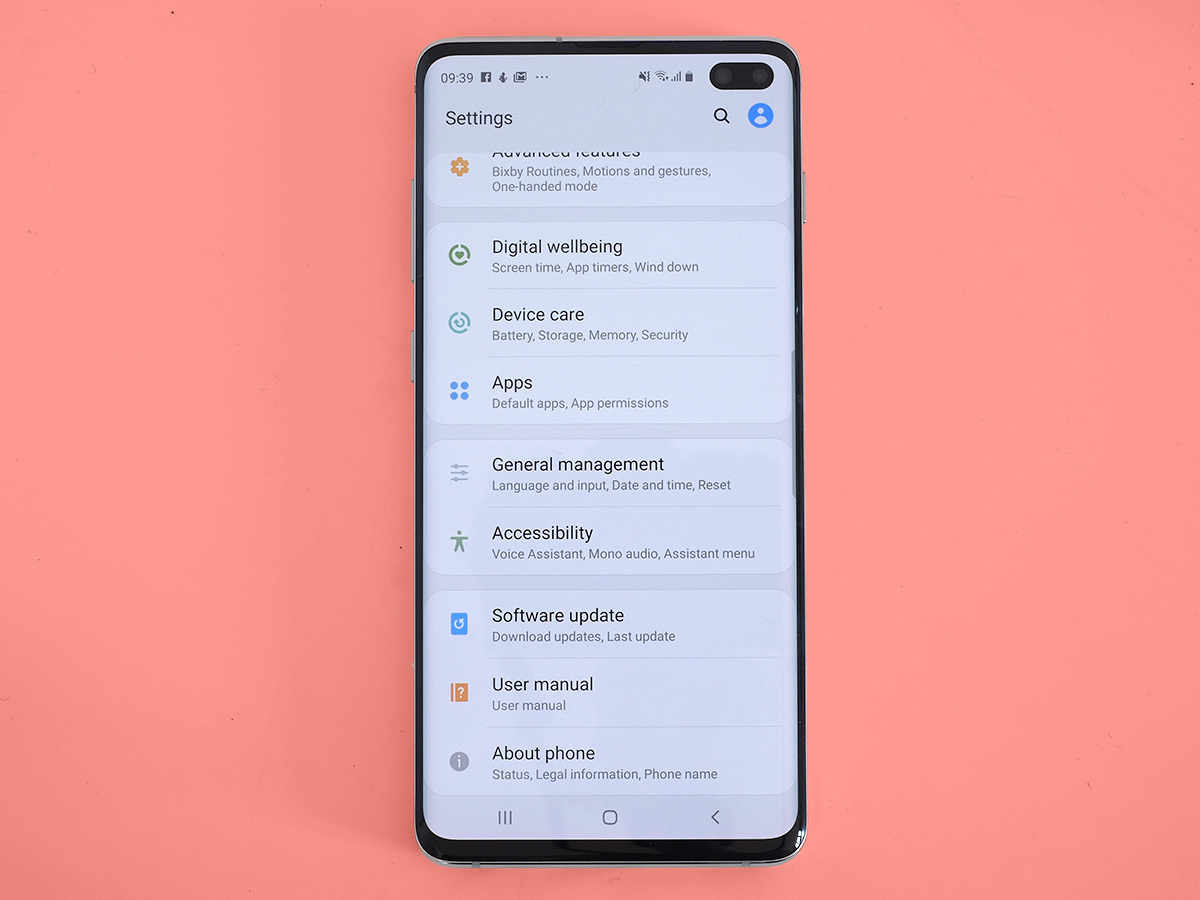
It’s true that both of these phones earned a 4-star review from us, but the Samsung Galaxy S10+ makes six months feel even longer than it really is. True, Samsung’s latest does fall short a little bit compared to the current Android top dog, the Huawei Mate 20 Pro, but it still firmly beats out the Google Pixel 3 XL in nearly every respect.
There’s still a lot to like about the Pixel 3 XL, including the great screen, stellar camera, and pure Android build, but the design underwhelms, the battery and storage options are limited, and the processor is now falling behind the times. At £869, we’re now struggling to recommend it to anyone but the stock Android die-hards.
Meanwhile, the Galaxy S10+ has a dazzling build, the best smartphone screen to date, a great camera setup, and plenty of power and perks. It’s pricey at £899, but in this particular battle, we’d still handily recommend it over the Pixel 3 XL. Time to step up your game, Google.
Verdict: Samsung Galaxy S10+
